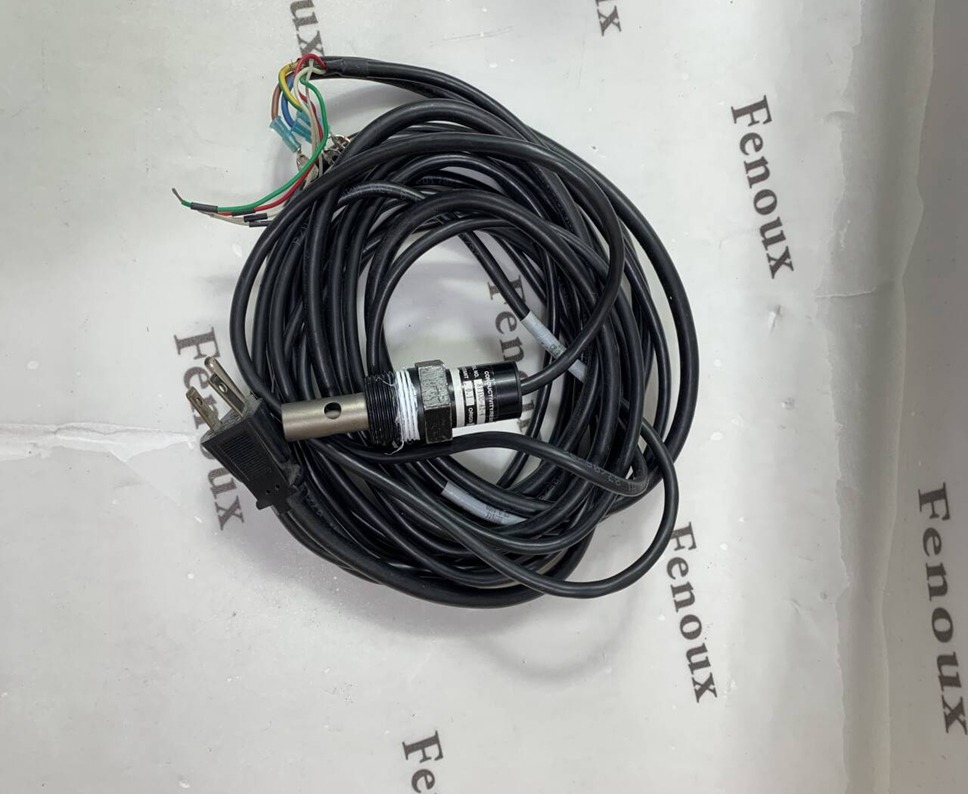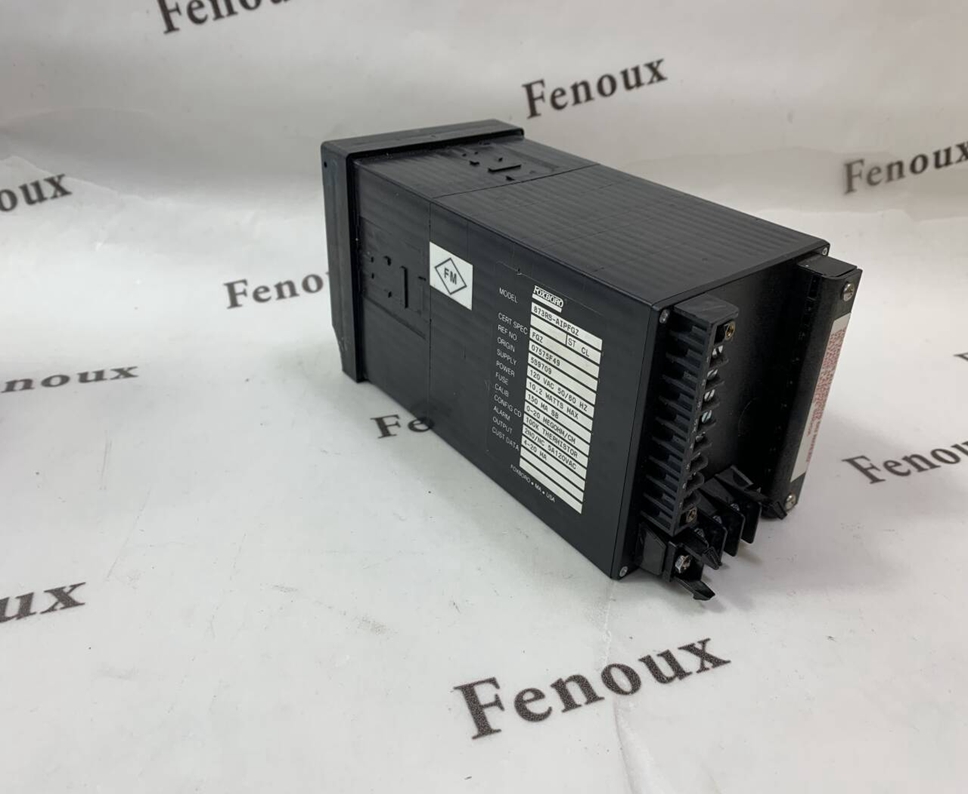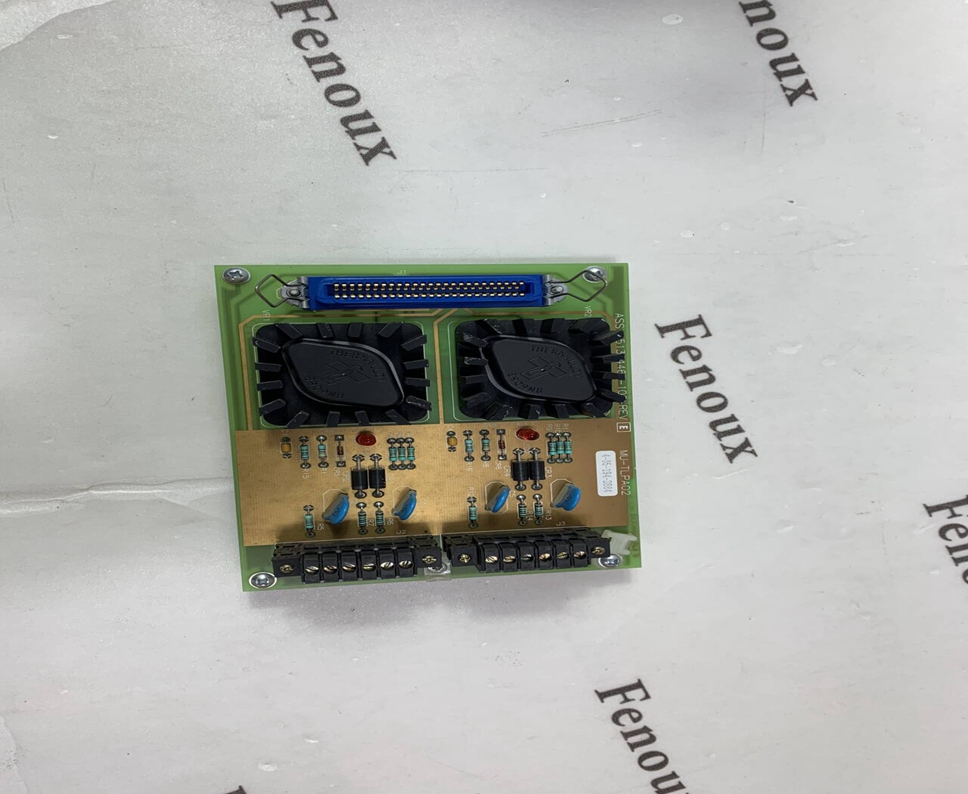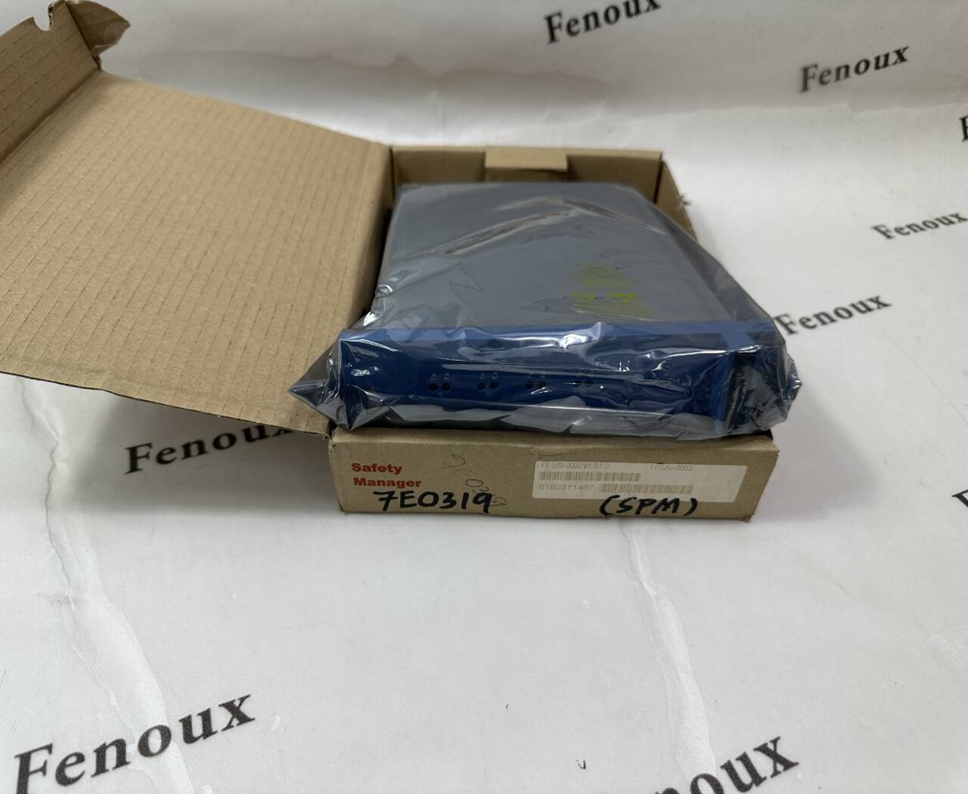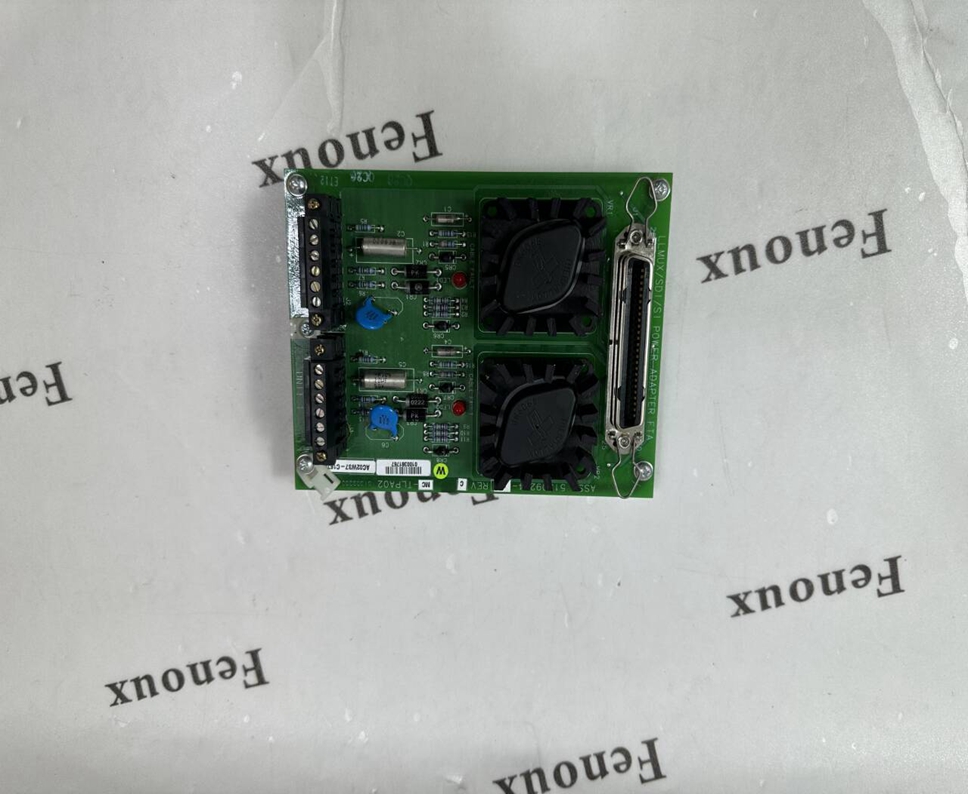(a) Temperature limits for optimum performance and compensation: 871-A through 871-G = 15 and 40°C
(60 and 105°F); 871-K through 871-M = 15 and 80°C (60 and 175°F).
(b) Recalibration is recommended for 10 cm-1 cell factor sensors after exposure to elevated temperatures.
(c) All 0.1 cm-1 cell factor sensors with Body Codes A through M are labeled with the exact cell factor and
temperature cell factor. All 0.1 cm-1 cell factor sensors are constructed and tested for an accuracy of better
than ±2%.
(d) Specifications are for 0.1 cm-1 cell factor sensors only. Maximum temperature for 10 cm-1 cell factor is
150°C at 2.5 MPa (300°F at 375 psi).
(e) Specify option code -9 for resistivity cell calibration.
(f) If -K, -L, or -M sensor is to be used with either 870CC Series Transmitters, 874CC, 874RS Series Moni�tors, no automatic temperature compensation can be applied. RTD are not supported on these instru�ments.
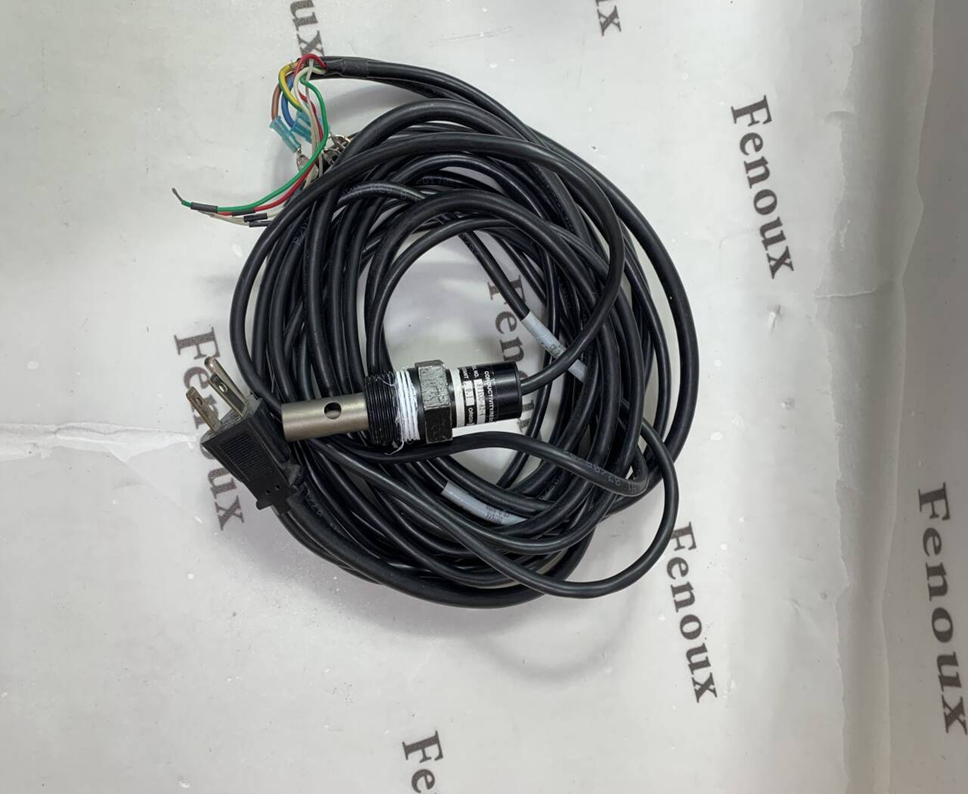
871CC Sensors are “two electrode contacting conductivity sensors” used to measure conduc�tivity or resistivity of process fluids. These measurement techniques are nonspecific; they can�not distinguish one ion type from another, but this technique has been used effectively, for
example, to measure water purity or in the analysis of binary mixtures of electrolytes.
Conductance (or its reciprocal, Resistance) is an electrical property of solutions that arises
from the presence of electrically charged ions in electrolytes. When a conductance cell is
placed in this solution and an electrical potential is applied across its electrodes, a current
flows as the ions migrate; the cations to the positively charged anode and the anions to thenegatively charged cathode. In practice, a small amplitude alternating voltage is applied to
prevent measurement errors due to electrolysis. The magnitude of the resulting alternating
current flow is related to the number of charge carriers present and therefore the concentra�tion of the electrolyte may be inferred from the conductance measurement.
Conductivity and resistivity are the more familiar terms used in the measurements of solu�tions. Specific conductivity, or more commonly conductivity, is the conductance as measured
between opposite faces of a 1-cm cube of the solution. Bulk material measurements utilize this
“reference state” and conductivity rather than conductance. The conductivity reading shows
an almost direct relationship with impurities in the water and is the technique commonly seen
in feedwater and pretreatment processes.
For Ultrapure and pure water applications, a cell factor of 0.1 cm-1 is selected and measure�ments are usually expressed as resistivity in units of MΩ• cm or in conductivity in units of
uS/cm. Ultrapure water applications benefit from resistivity measurements because it more effec�tively resolves the range of interest. For more conductive solutions, a cell factor of 10 cm-1 is used
and measurements are expressed in mS/cm. When cells are interfaced to Foxboro Analyzers or
Transmitters, effects of temperature on measurements can be compensated and readout in appro�priate units can be displayed.
The 0.1 cm-1 cell has two electrodes constructed with concentric cylinders which must be in
contact with the solution being measured. The two electrodes are separated by an insulator
inside the electrode. The 10 cm-1 cell utilizes two graphite buttons for its measurement elec�trodes. A third electrode in the electrode eliminates a parallel measurement path that could
occur outside of the electrode.

Shipping Port: China
Payment: Bank of Chicago, Bank of Singapore
Express cooperation: fedex, DHL, UPS and your express account
Service: Professional Sales provides 24 hours /7 days online service
Related products:
| FOXBORO | DS200PCCAG5ACB |
| FOXBORO | DIC-4-025-E-0000-01DIC4025E000001 |
| FOXBORO | DS200PCCAG9ACB |
| FOXBORO | DIGIFAS7202 |
| FOXBORO | DS200PCTMG1AAA |
| FOXBORO | DIGITRIC50061615-0-1200000 |
| FOXBORO | DS200RTBAG3AEB |
| FOXBORO | DLM01 |
| FOXBORO | DS200SBCBG1ADC |
| FOXBORO | DLM02 |
| FOXBORO | DS200SDCIG1AFB |
| FOXBORO | DM400YR |
| FOXBORO | DS200SDCIG2AFB |
| FOXBORO | DM400YTFBM17 |
| FOXBORO | DS200SLCCG1AEGDS215SLCCG1AZZ01B |
| FOXBORO | DM400YTFOXBORO |
| FOXBORO | DS200SVAAG1ADS200SVAAG1ACB |
| FOXBORO | DM900HUFBM26 |
| FOXBORO | DS200TCQBG1BCB |
| FOXBORO | DM900NYFBM27 |
| FOXBORO | DS200TCRAG1ABC |
| FOXBORO | DM900NY-0A |
| FOXBORO | DS215SLCCG1AZZ01BDS200SLCCG1AEG |
| FOXBORO | DO6303BHT300007R1 |
| FOXBORO | DS3800HIOA1C1E |
| FOXBORO | DPW02 |
| FOXBORO | DS3800HMPK1F1B |
| FOXBORO | DRA02 |
| FOXBORO | DSAI11057120001-DP |
| FOXBORO | DRIVEPS-5 |
| FOXBORO | DSAI13057120001-P |
| FOXBORO | DS200ADGIH1AAA |
| FOXBORO | DSAI145 |
| FOXBORO | DS200CDBAG1ACADS200CDBAG1A |
| FOXBORO | DSAO11057120001-AT |
| FOXBORO | DS200DCFBG2BNC |
| FOXBORO | DSBC173 |
| FOXBORO | DS200FCRRG1AKD |
| FOXBORO | DSBC1743BSE012211R1 |
| FOXBORO | DS200LRPAG1AGF |
E-mail: alex@fenoux.com
Tel.: +86 13338369201
Skype: +86 13338369201
WhatsApp: +86 13338369201


